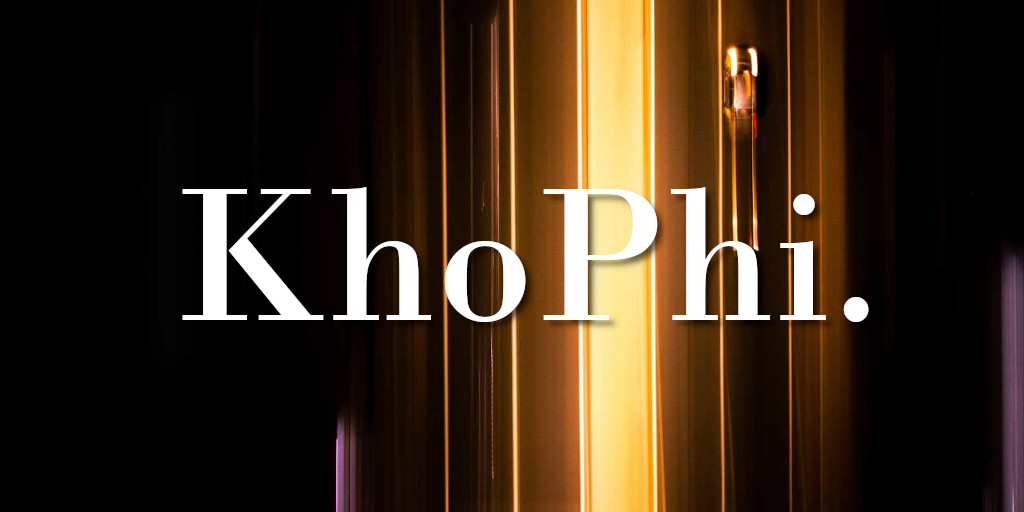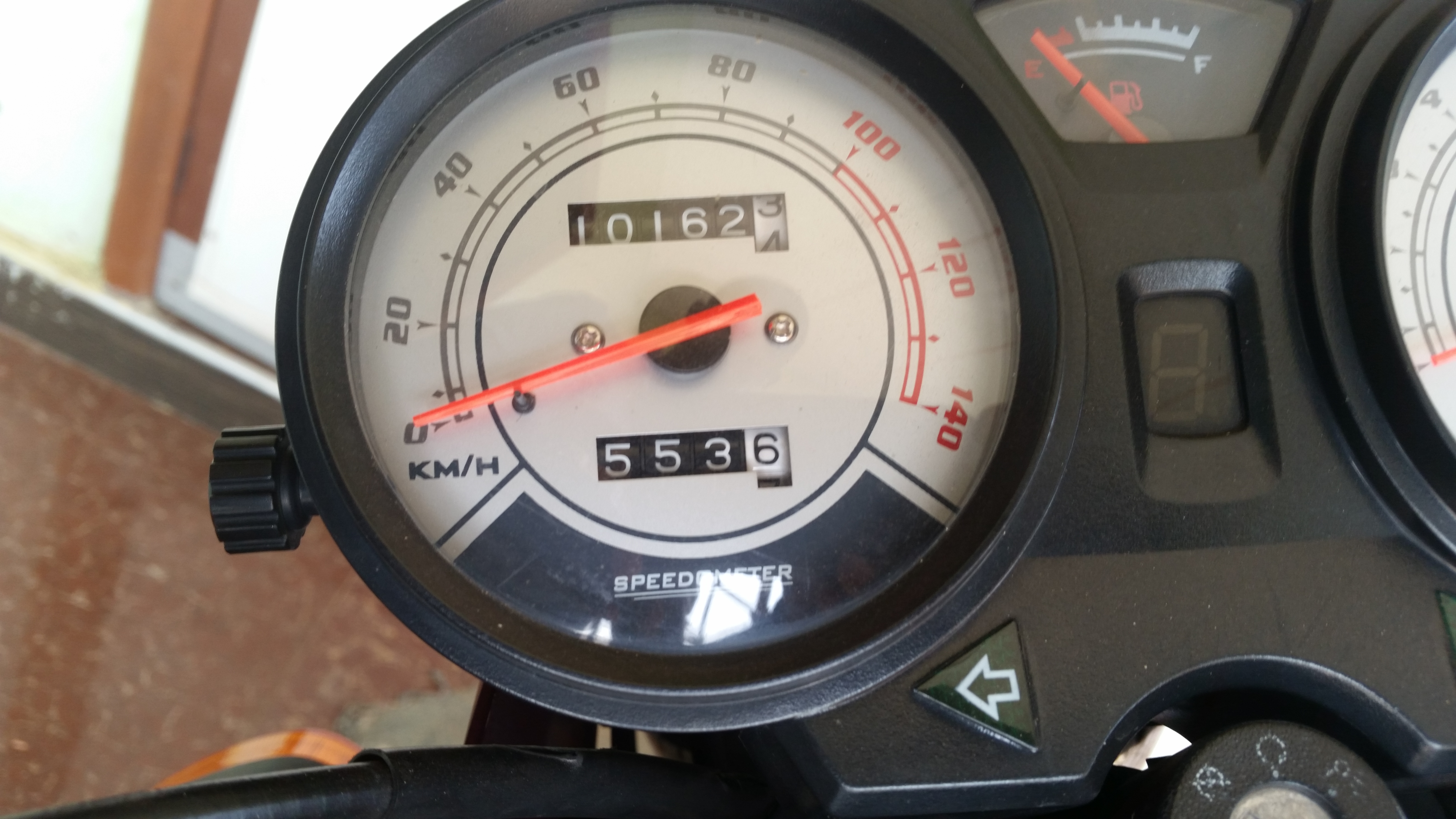Chromecast is the piece of hardware-cum-software you can’t live without, yet anytime you turn it on, you feel some sharp pinchy pain in your chest, mind and body.
Ever since my Chromecast came in, I keep wondering how I lived life before. It made our LG LCD TV in the house a “Smart” TV, giving it new tricks like AngularJS gives to HTML.
So far, my experience with Chromecast has been and continues to be a smooth one, except a few areas that make the use of Chromecast a pain in the …
How exactly is Chromecast an angel? Nonetheless, how, on the other hand, does this piece of gadget from Google keeps becoming the Evil they claim they’re most distant away from?
Fun Fact: Did you know over 30 million pieces of Chromecast has been shipped (likely all sold) since day 1?
Angel
Let us begin with the obvious and great features of Chromecast you and I already know, and so I won’t be going deep into.
Chromecast gives your TV the new tricks it wouldn’t have been achievable on its own. Watch YouTube videos seamlessly.
Share your photos and videos to the bigger screen for all to enjoy. You get to control multimedia devices in other parts of your house just by an app in hand, handling all the maneuvers.
I can’t go on and on because it ain’t these features that stick out to me when I use my Chromecast. The evilness of Chromecast is what keeps popping up, clouding my judgment to the extent that, I don’t even happen to see the goodness this relatively cheap tool from Google is.
Greatly Evil
Some say ‘It is good to be evil’. For some of Google’s products, they don’t just feel it as good, but rather love to be evil, especially with how they’ve modeled Chromecast.
1) No Offline Mode:
This is the most horrible feature of Google Chromecast, the fact that it is a useless piece of brick when you have no internet connection. This bugged the minds of many to the extent a custom ROM for Chromecast was once made a workaround to this limitation, opening up the possibility of using your device even when not connected to the internet.
That is what a streaming device is supposed to behave by default. Imagine your Television set only works when you’re connected to the internet? Or your phone functions when turned on, if there’s network reception in your area?
Such design principles will be catastrophic. What if I just need to take a picture with my phone or listen to music?
The ability to snap a photo has absolutely nothing in relation to receiving a phone call. So your ability to take that landscape scene you just came across couldn’t happen because you’re not connected to your GSM network, then that’s real bad!
The same principle applies to how Google designs Chromecast. Without the internet, you can’t stream the local content on your phone.
Even more ridiculous, although Google Slide Presentation can be saved offline, to cast to TV, you’ll need to be connected online, both on Phone and Chromecast. Kudos Google.
Solution:
- Allow the user to cast content from the local device even when no internet connection is available.
- Of course, when about to use apps like YouTube and the like that requires the internet connection, a prompt advises the user to get connected.
2) Compulsory Slideshow Backdrop:
Your Chromecast, when not being cast to, displays a slideshow of images from Google’s featured images collections.
Although Chromecast allows you to customize what you cast (either from your Photos album, or other channels), you’re still stuck with compulsorily having a slideshow backdrop.
You have no say! And these slideshow images are loaded from the network, thus the compulsory requirement of internet connection as explained in the first point.
As much as flexibility is concerned, what common sense explains is having the device provide the option to select a folder locally from phone to cast as Backdrop, or even a single image to use as a background image, and that’s it.
This saves the Cast from bothering about what to show next whiles keeping my network free from unnecessarily requesting for so-called featured images.
Solution:
- Allow arbitrary image or images from the local phone are used as Backdrop.
- Allow user to explicitly select if they want the Backdrop to slideshow or not
3) Compulsory Update:
I attended a meeting in a remote village. We had a generator and everything setup properly so powering up my Chromecast wasn’t a challenge.
I plugged in my Chromecast, and well, because of point 1) I had to wait for my Chromecast to get in touch with the outside world using the faint network reception at the moment. It did after some minutes.
Happy to cast? ‘Not so fast’, says Google. The Chromecast compulsorily commenced an update. An update I couldn’t pause no asked for. An update I didn’t need at the point in time.
I had to cross my fingers and only hope the update is able to complete happily over the Edge-like network.
About 45 minutes later, I turned on the Projector to see the progress made. About 90% done! I waited to see if all will go well. It didn’t, if that’s what you’re expecting to hear.
For whatever reasons, although the update reached 100%, which everyone expected the Chromecast to apply the update and let the living move on with their life, it didn’t. I suspected the grabbing of update files didn’t go as planned, and as such, the broken update packages had to be redownloaded.
[wp_ad_camp_1]
I wondered a device that’s been designed to make automatic decisions, could it not make the decision to stop updating when it couldn’t grab the packages, and try again, after some hours or days?
Google Decides…
Well, Google Chromecast (emphasis on Google) thought it wise to forcefully continue the updates, although the network was horrible to grab updates, but enough to download one or two images for a Backdrop.
I was disappointed. A disappointment thanks to the unwise automatic decision forcefully enabled on Chromecast which keeps stepping on toes more than to pamper.
Not only I hated Chromecast that very day, but rather an entire gathering. Everyone in attendance figured out how douche Chromecast is, and how unreliable it can be, not because it is unreliable, but rather, it has been made to be so.
Solution:
- Allow the user to choose if to auto update or not.
- Is update in? Allow user to choose to proceed or not.
This solution, although makes 100.00% sense, unfortunately, doesn’t to Google. To them, or one of their Top Contributors, Chromecast is doing the right thing.
In a response from a Top Contributor, I was told:
“Because Chromecast is designed to be always on it will update at earliest convenience.”
I went like, really? That was the last response I expected to hear. Me, send feedback to Google, just because they don’t know that’s the right thing to do?
Check out the thread here: Update happens compulsorily.
4) Can’t set YouTube resolution
Streaming YouTube videos on mobile or PC allows you to choose the resolution of your choice, either 144p or 720 or even 4K. They give you, the viewer, that opportunity to select what quality you wish to see the video in.
Imagine, every video you wish to watch on YouTube, the quality is pegged at 1080p, and you can do nothing to change it. If you’re on a slower network, that’ll mean you’re not watching any YouTube video. The story is different if you’re on a faster network, of which there’ll be no troubles whatsoever.
Even if I am on a really faster network, it does not always mean I wish to watch videos in 1080p. Maybe I wanna see in 144p, just for the love of watching low quality on my 27 inch Mac All-in-One.
With all these factors in mind, YouTube allows the user to explicitly set the quality of choice, although there’s an option that hands over that decision to YouTube, with the ‘Auto’ quality option.
Bring the same concept back, when using YouTube with your Chromecast. You can’t choose video quality. All you can do is watch.
It is clear, the YouTube app works as a mere remote in the time of casting to your TV, as the incoming streaming video do not touch your phone, rather, directly goes from the network into Chromecast into your TV screen.
Does that mean the Chromecast could not be made to request a specified quality set by the YouTube when in cast mode? That is very possible. Why hasn’t Google thought of that?
Solution:
- Allow users to choose video resolution when streaming video via YouTube.
Conclusion
Noticed how ‘Devilish’ Google is with their Chromecast? They have ignorantly or intentionally designed the Chromecast to get in one’s way more than allows the user to take control.
If automatic, but making foolish decisions, are what Google thinks of Automatic cars then we should be careful. Because from the automaticness of all operations carried out by Chromecast, there’s not been one that I favor, because it made those decisions, always at the wrong time.
Google, you’ve been Evil enough. Change your ways whiles you can!

